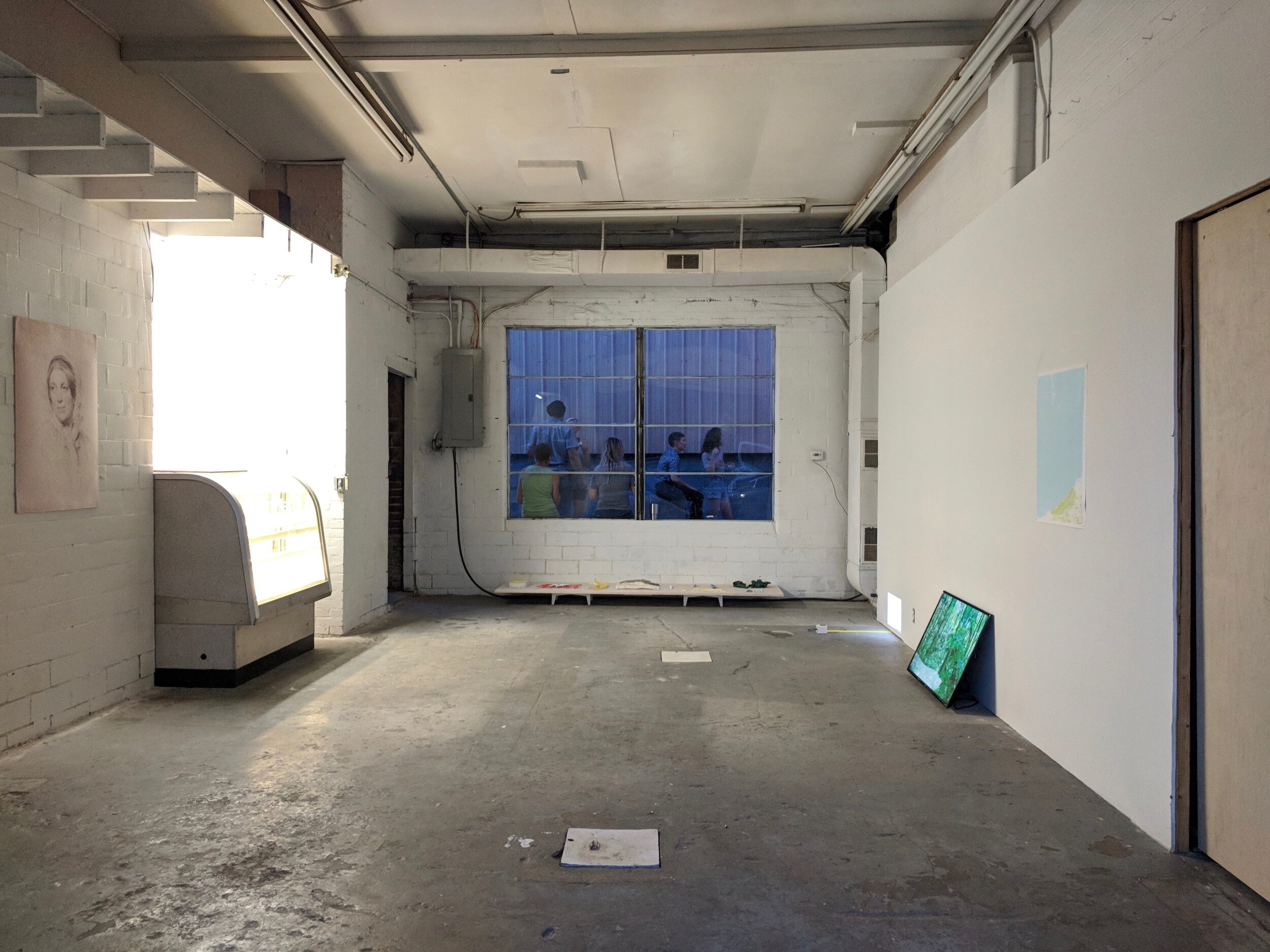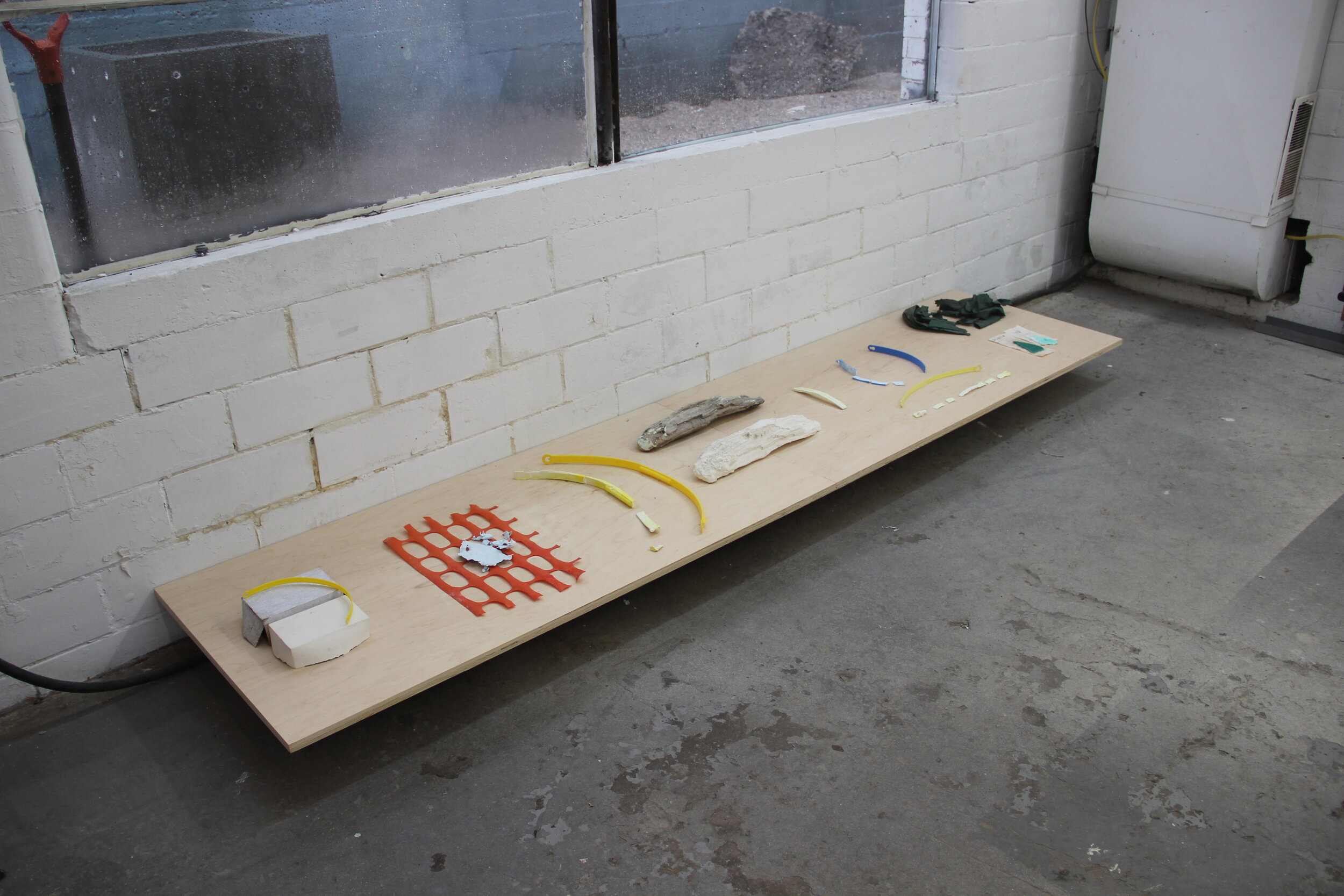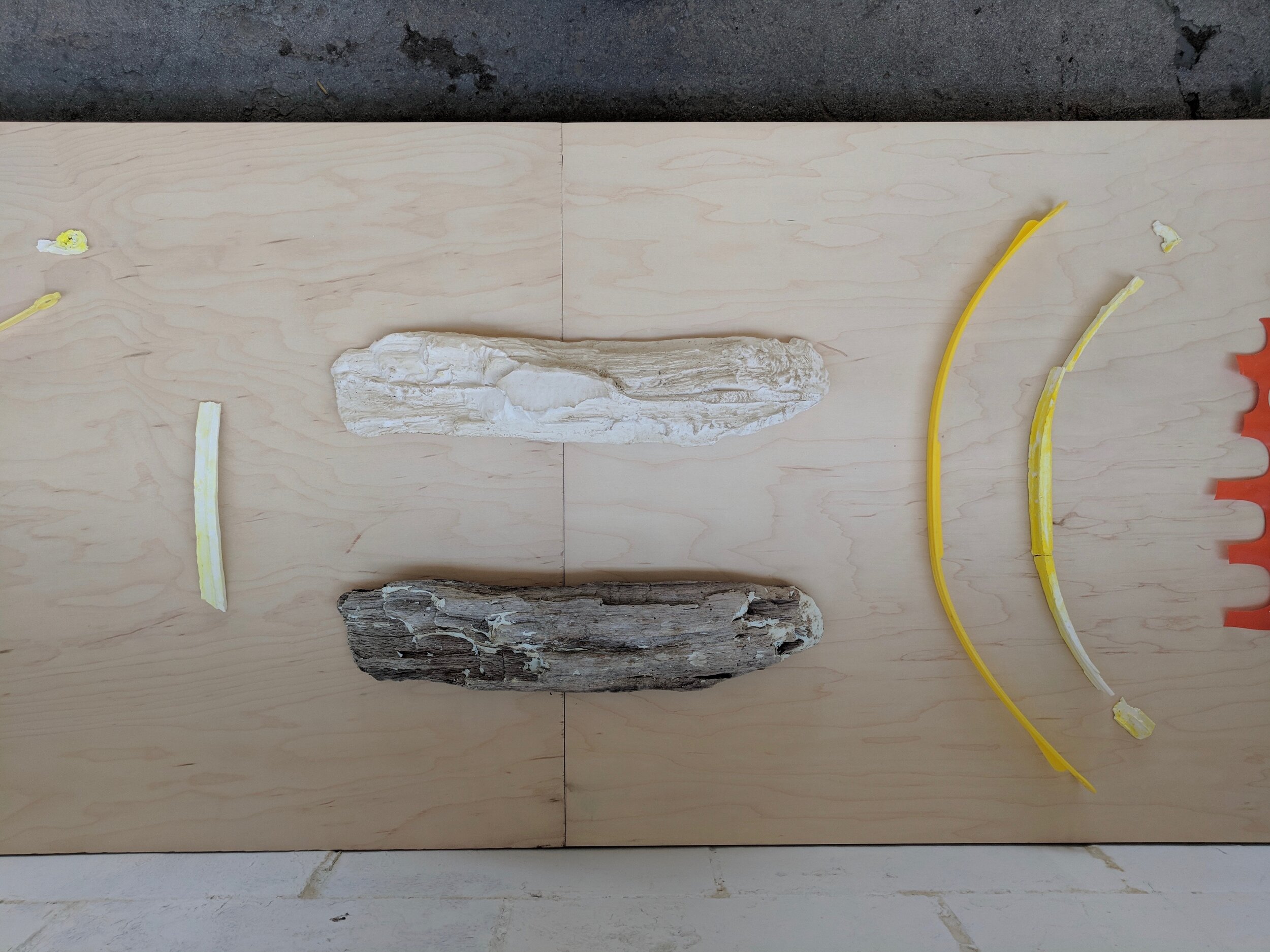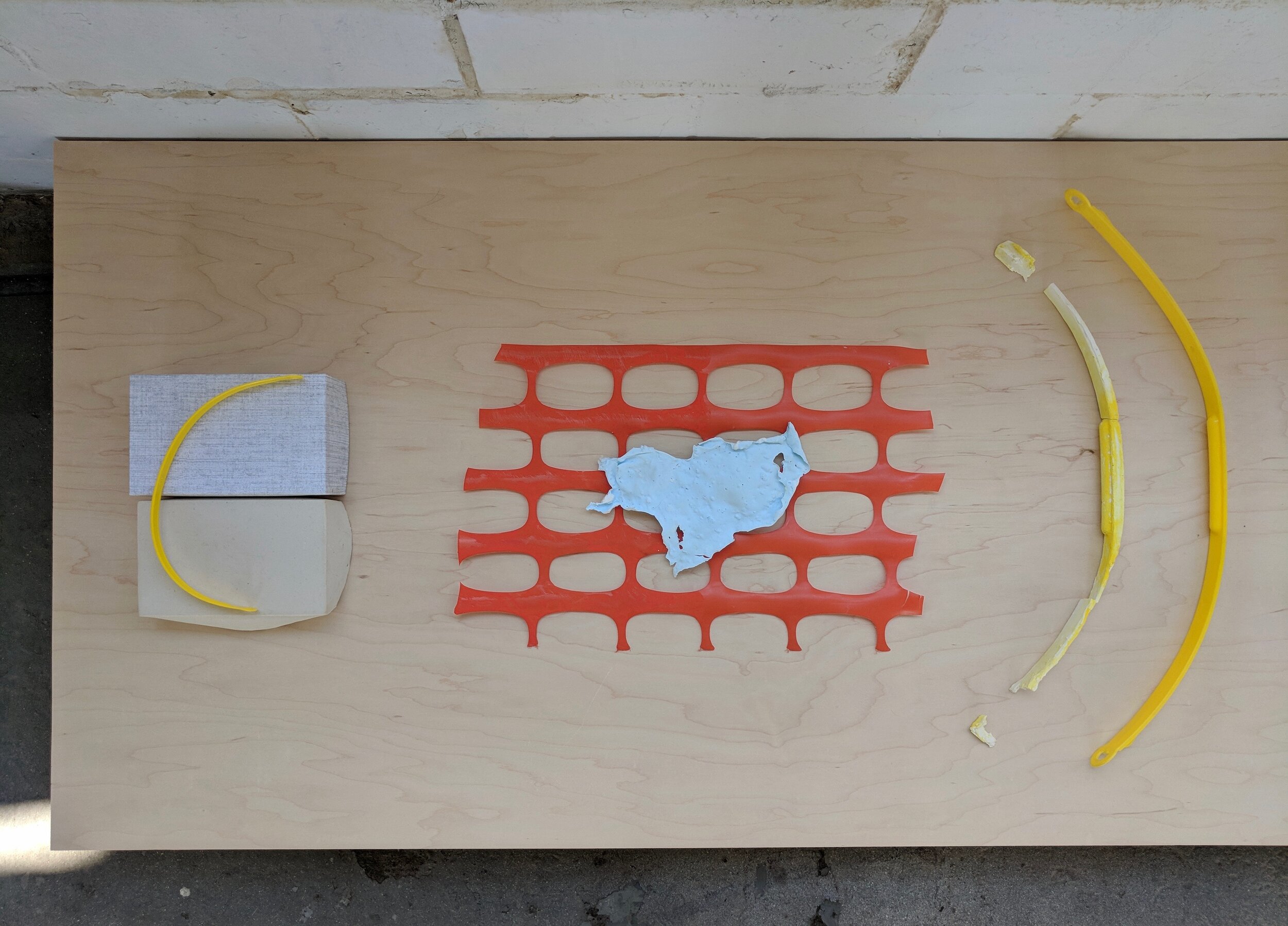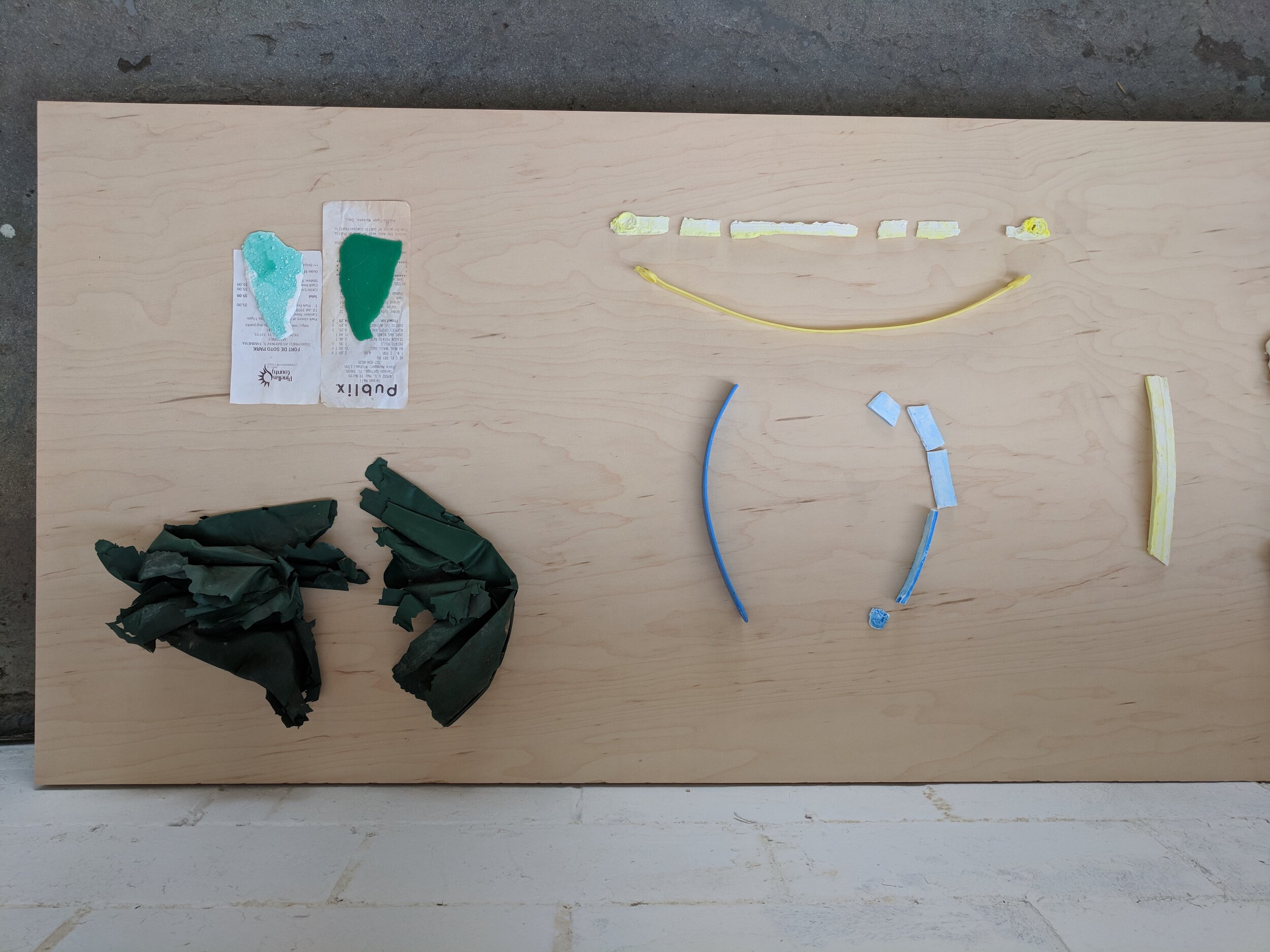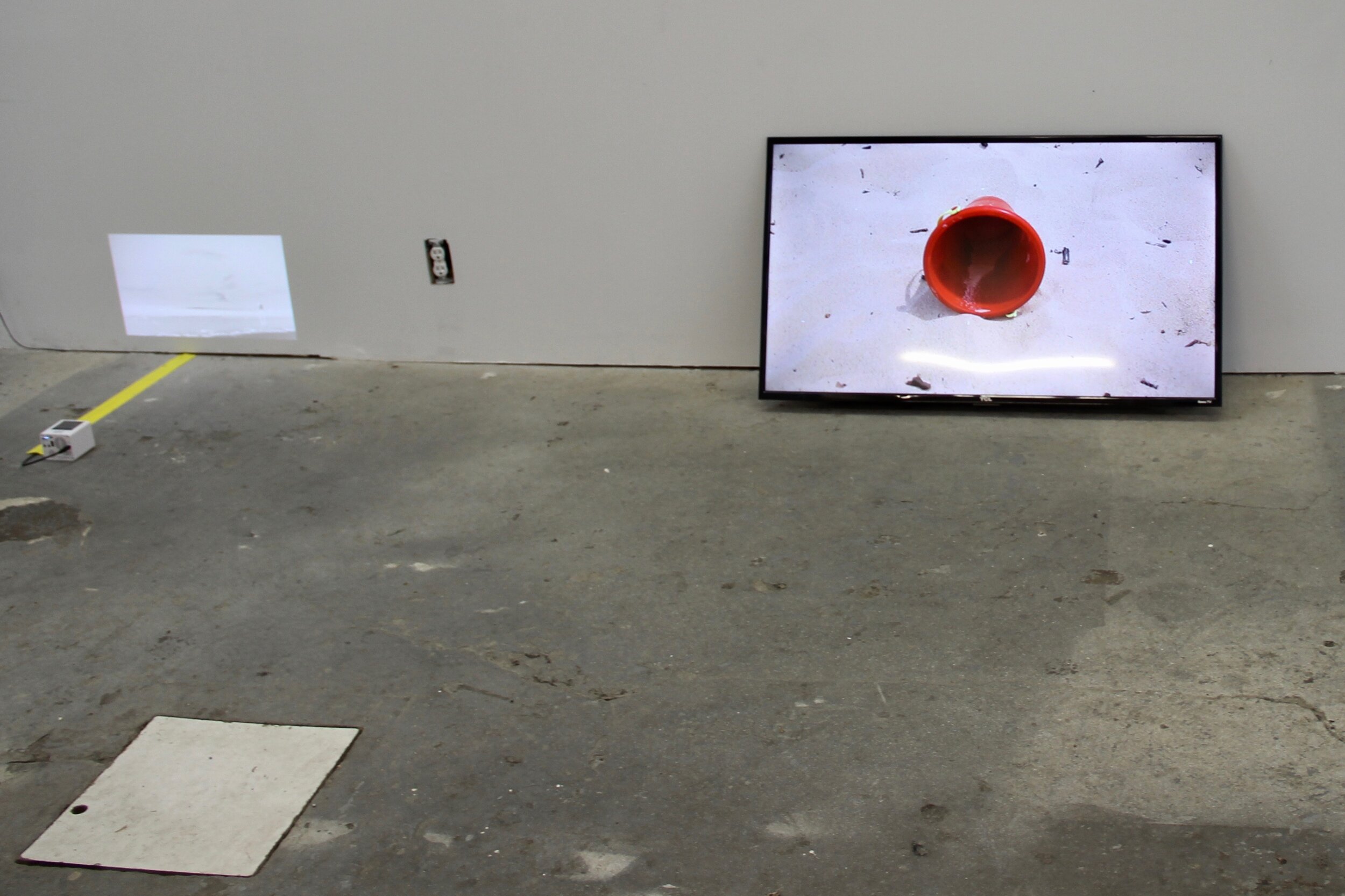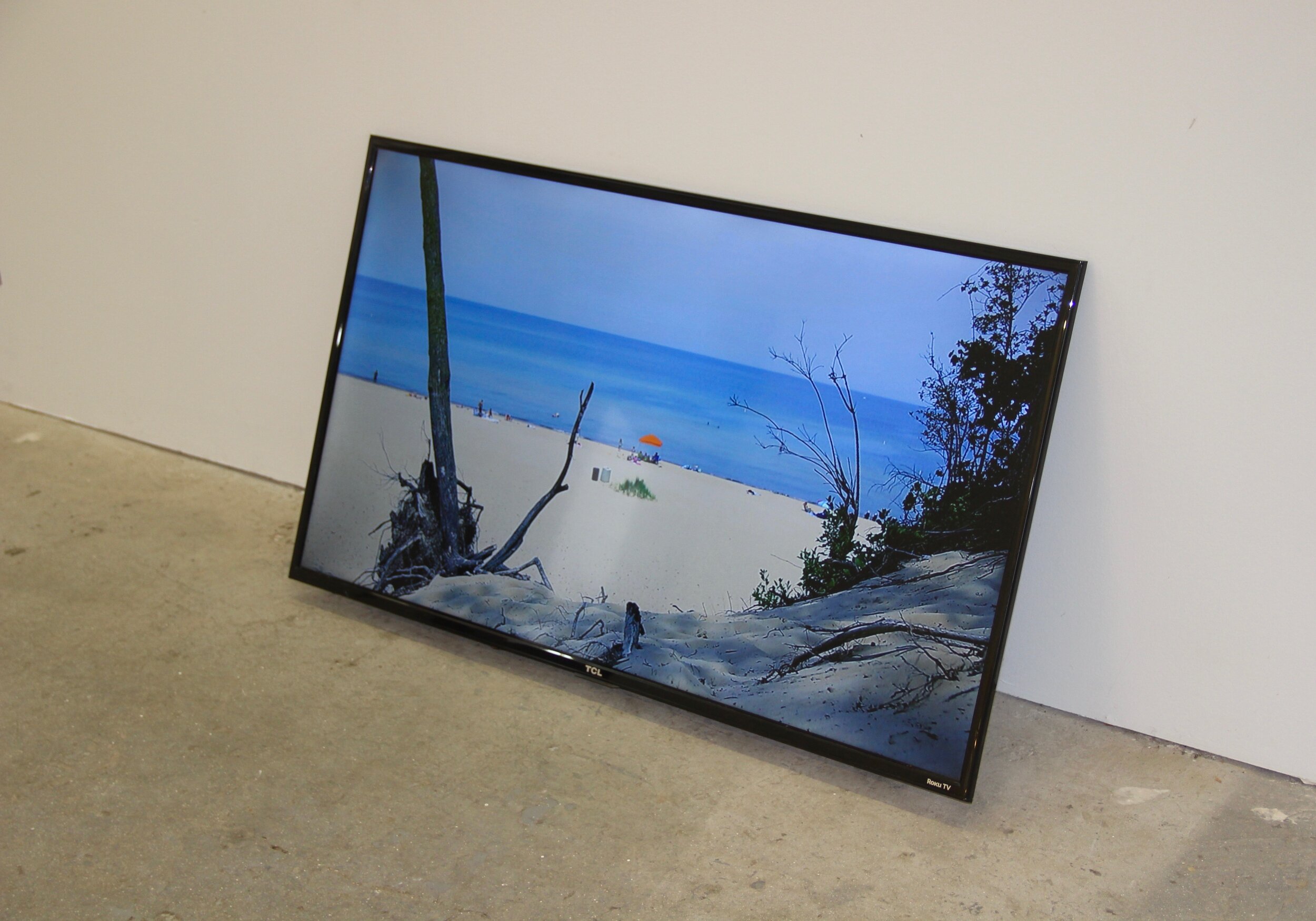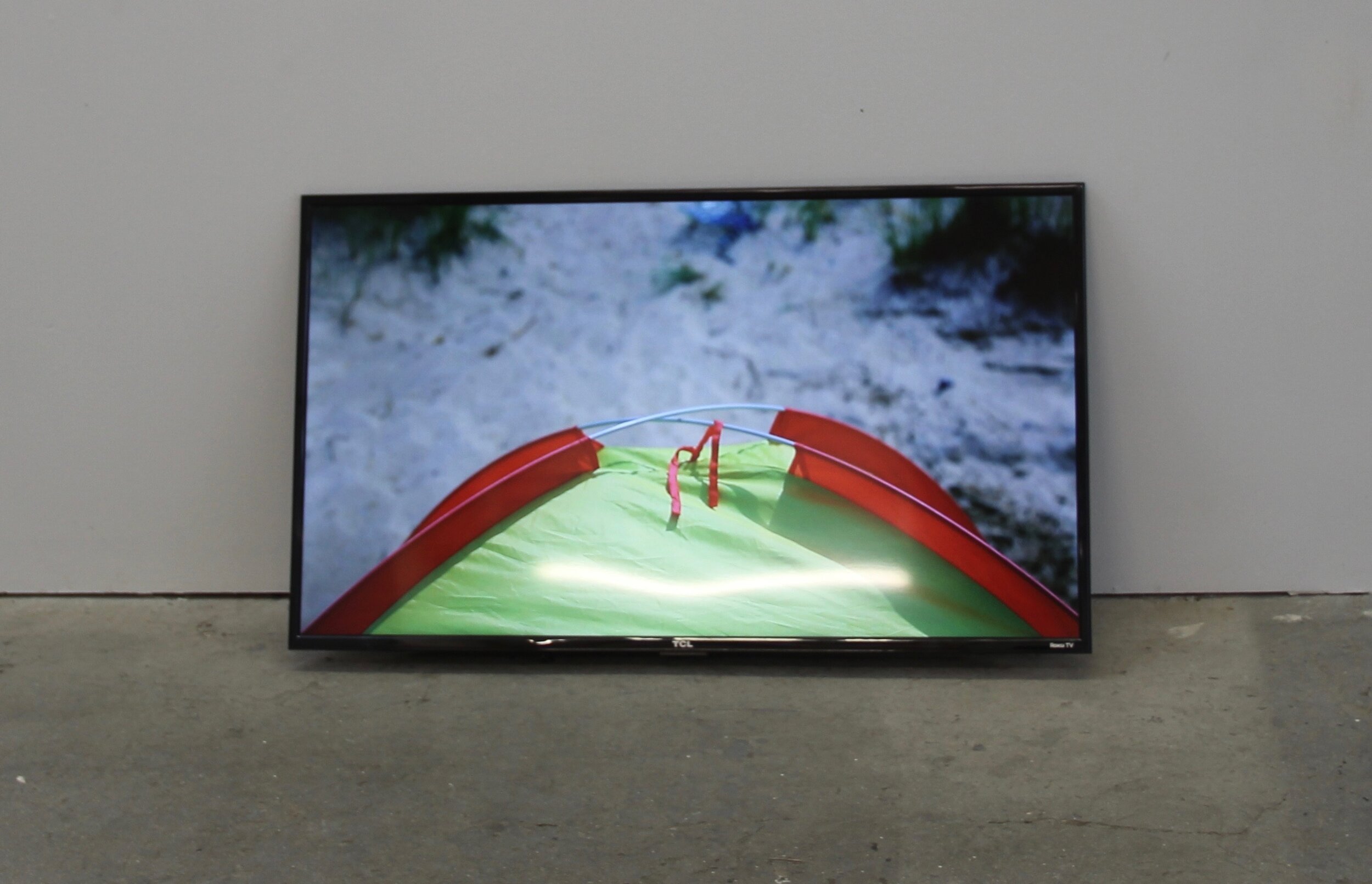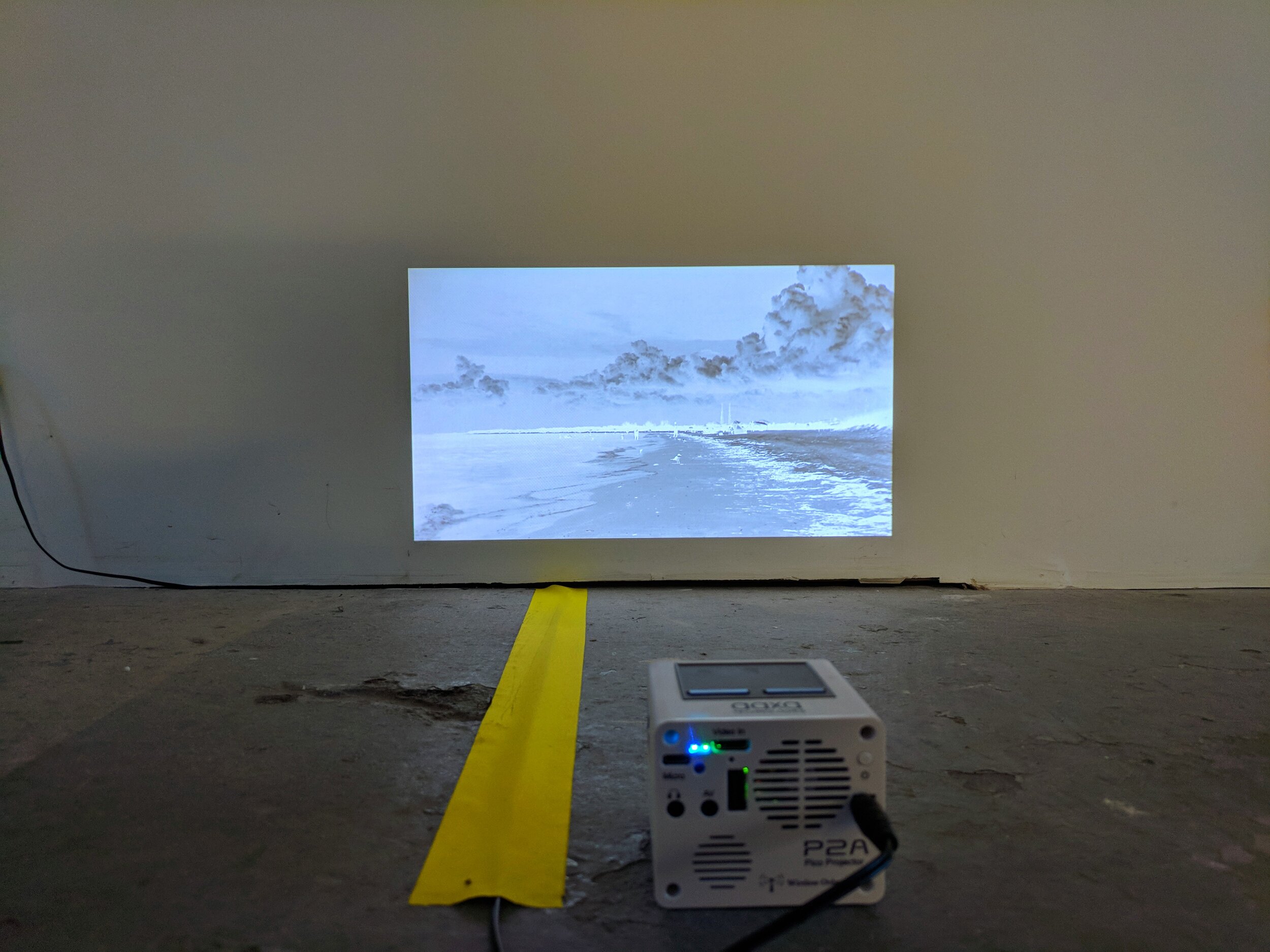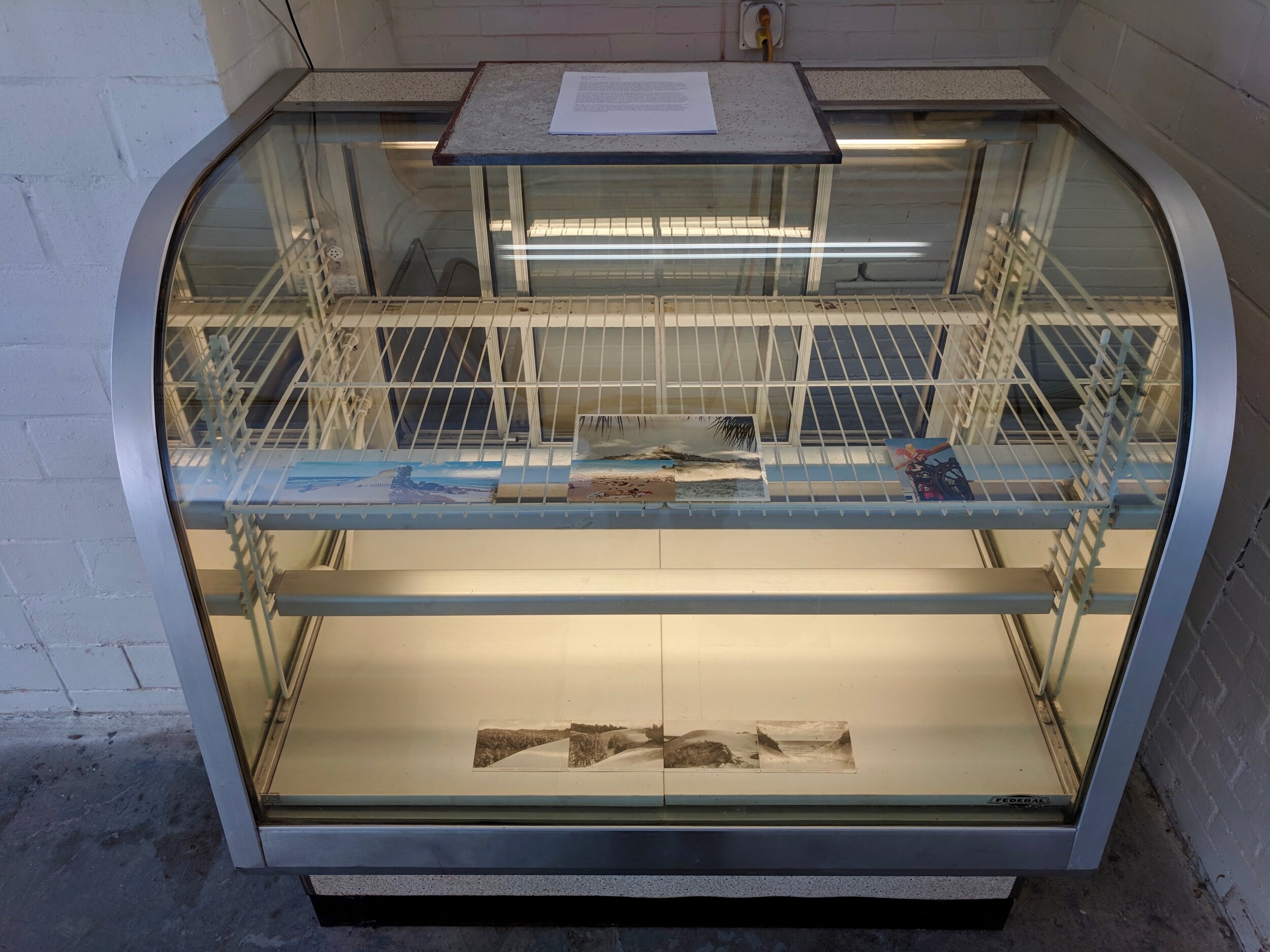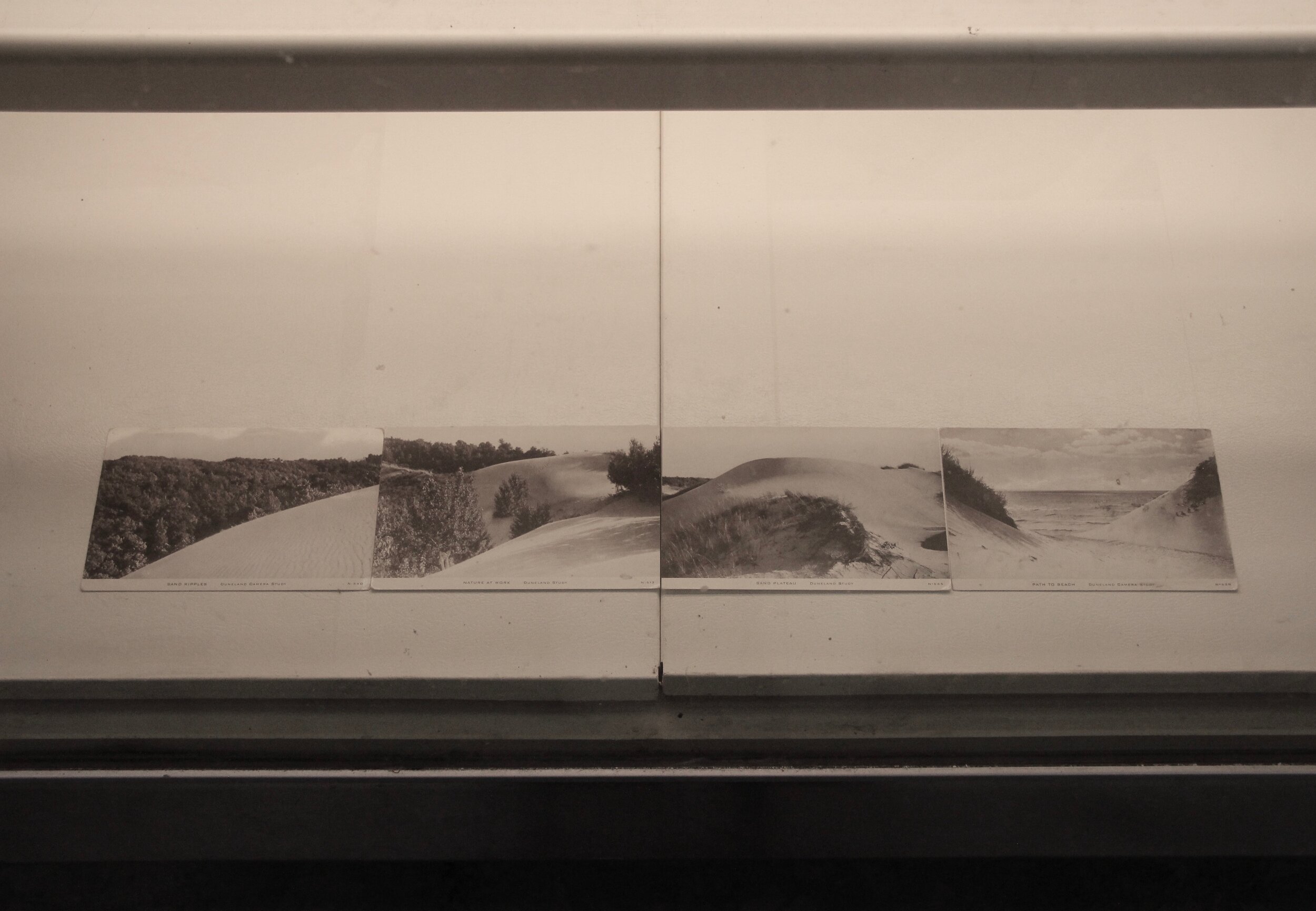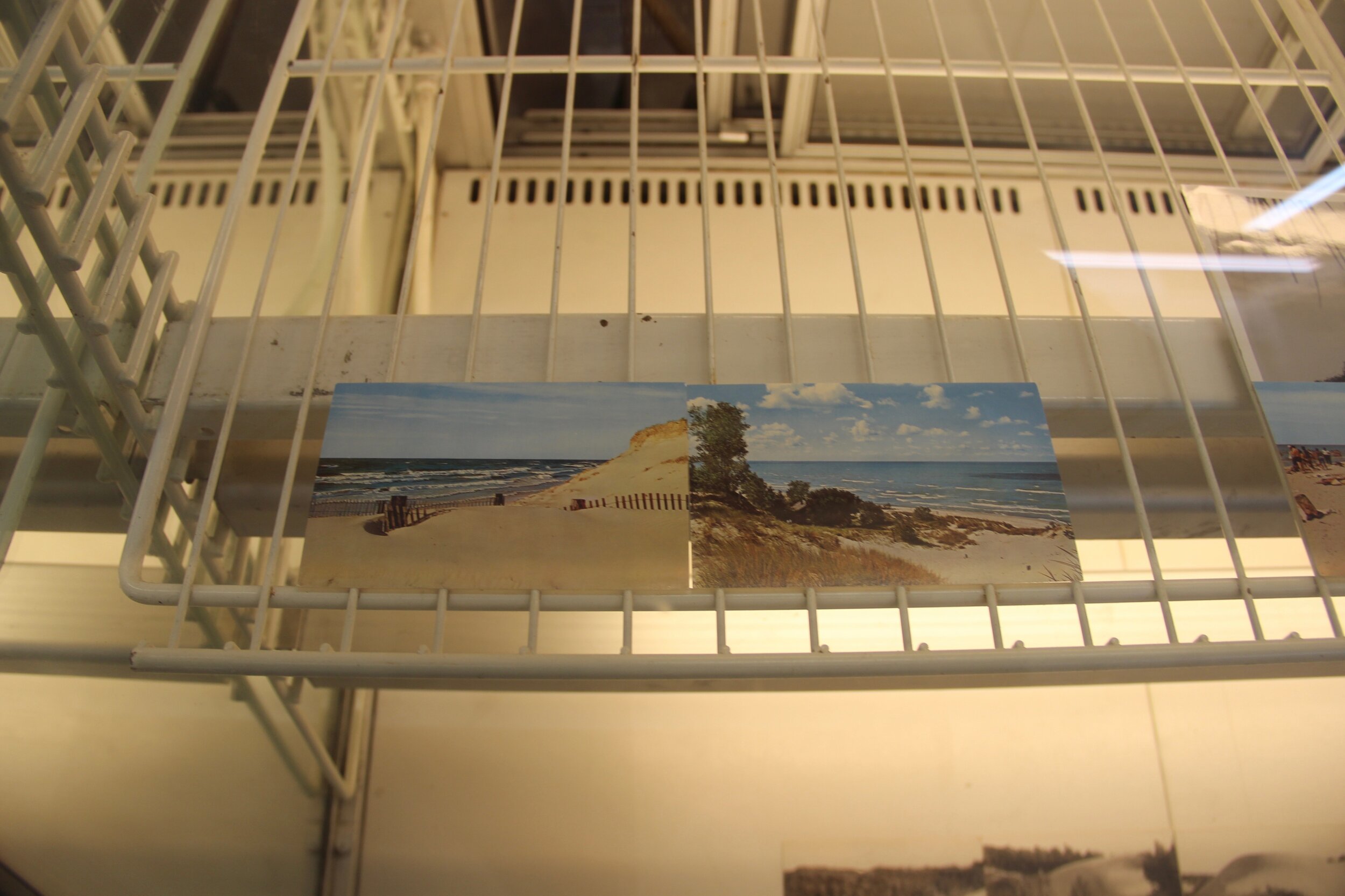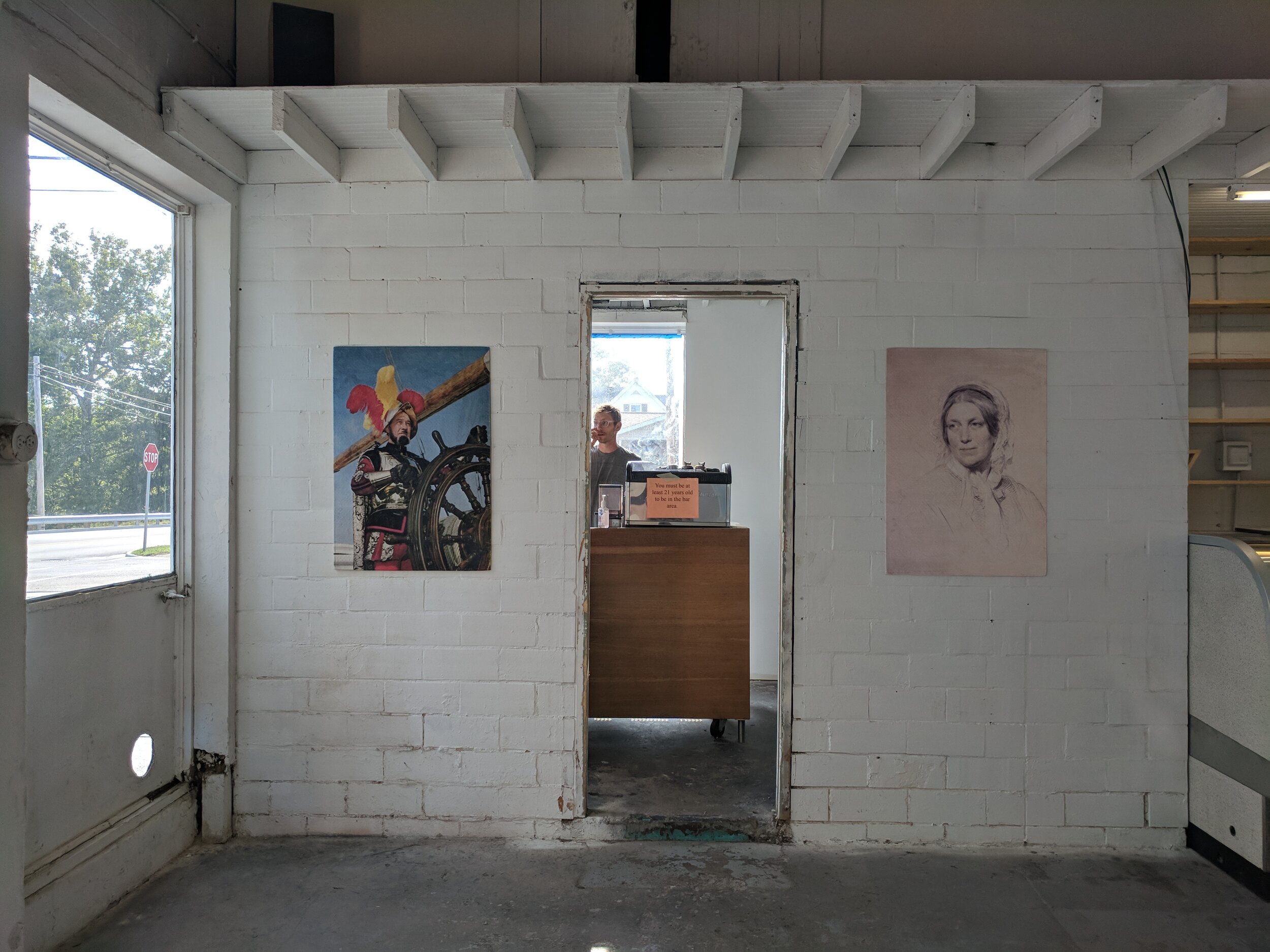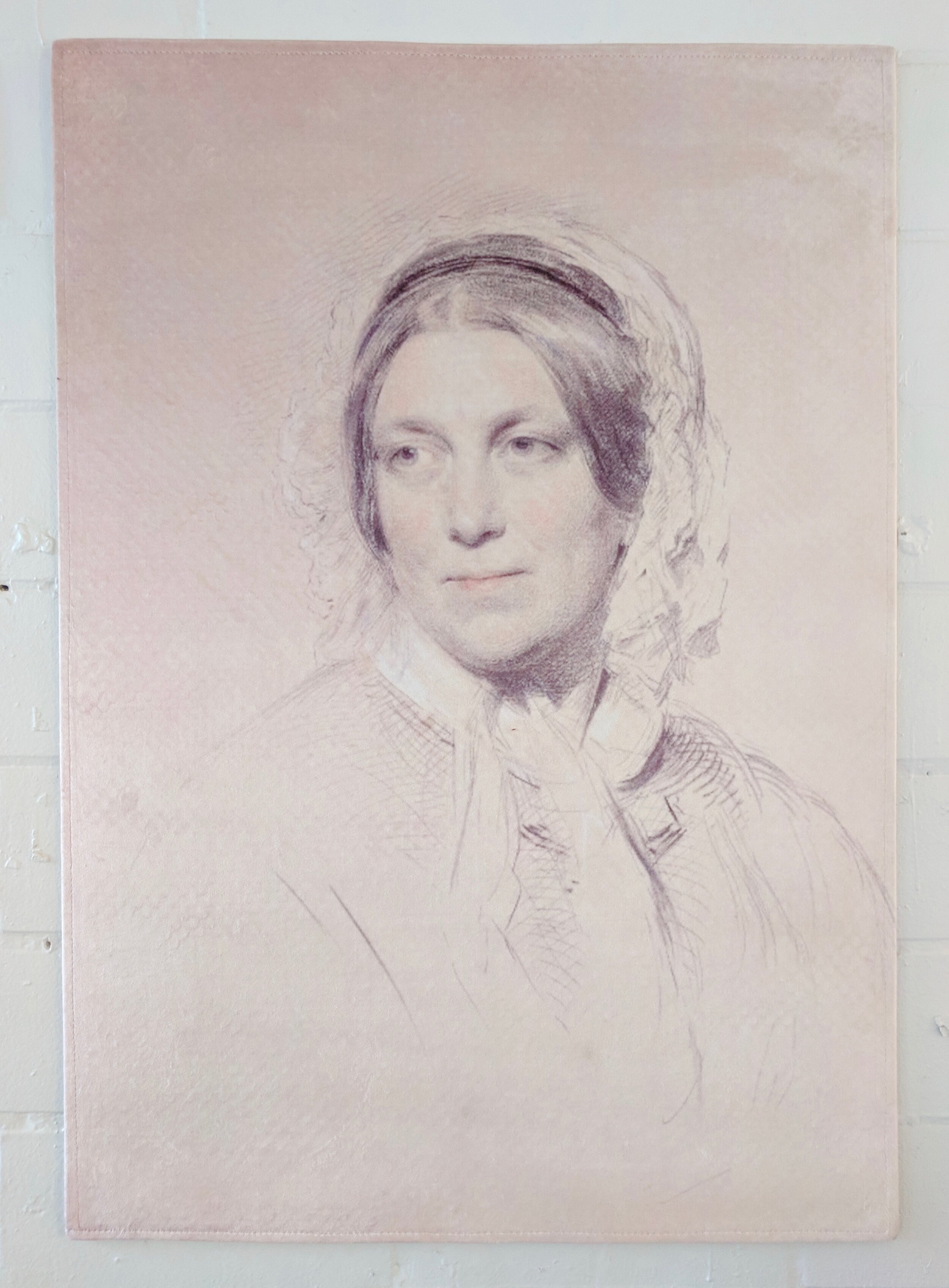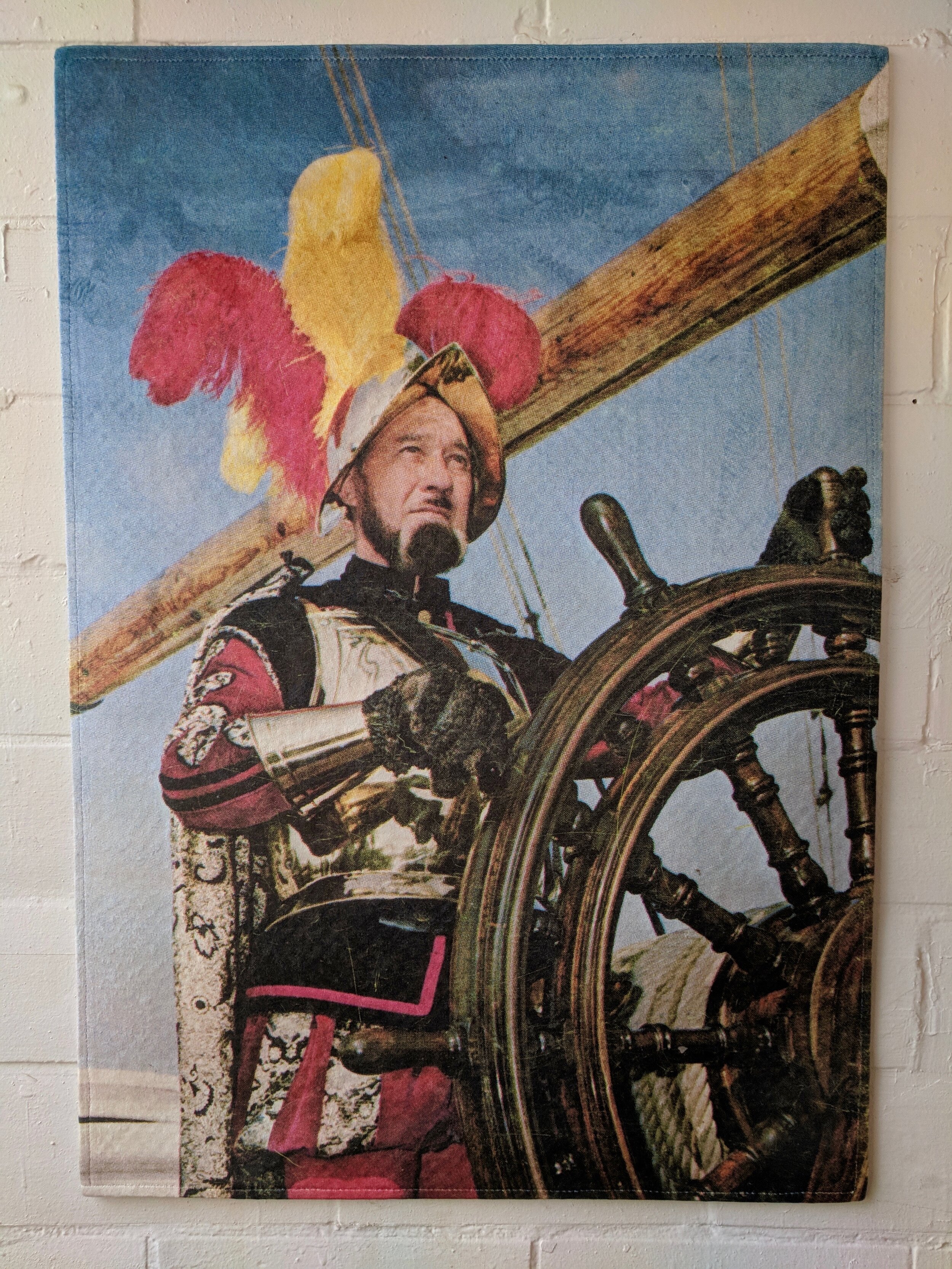The Dunes @ Black Vulture Project, Paoli, IN
August 10 - September 9, 2018
https://blackvultureproject.org/2018/11/26/past-exhibition/
The Dunes is an ongoing collaborative research project that explores and conflates two similar but geographically detached landscapes through visual and historical research. Taking
dunes that lie on the south shore of Lake Michigan and those at the mouth of the Tampa Bay Estuary as initial subject matter, the project depicts what appears to be a singular place through a combination of both photographic and video work. While 1,100 miles separate these locations, the mixture of media of these two places will, in exhibition, take on the semblance of a singular third place; the conflated landscape here becomes two sites seen as one, and two histories combined into a singular hybridized narrative. This third place and consequent narrative seeks to fuse the anomalies of the two visual and historical narratives into a singular and evolving exhibition that becomes more elaborate as the research continues.
This exhibition takes the histories of two European explorers as a narrative starting point. Hernando de Soto (Spanish, 1454-1542) and Harriet Martineau (English, 1802-1876) travelled through the Tampa Bay Estuary and the Indiana dunes, respectively. De Soto was the first European to lead an exploration deep into the present-day United States, and he ultimately died on his expedition toward his ultimate goal of finding a passage to China. Among other things, at the end of his life, De Soto believed he’d convinced the natives along the Mississippi River that he was the sun god. Harriet Martineau, on the other hand, was an English sociologist and writer who documented in 1836 the removal of Native Americans that populated Indiana, and also noted the present-day dunes depicted in the work. In her case, she believed in mesmerism, a group of practices that involved the ability to influence another through acts of the mind alone directly; also known at the time as “animal magnetism.”
Through cross-cutting of footage, montage and the use of subtitles, the audio, photographic and video sources in the exhibition will wind these two narrative threads together to produce a reconfigured, and at times, digressive and meandering narrative of European exploration in the present-day United States. The exhibition will begin with a compression of sites into an apparent singular place, and will continue to elaborate on the ironies of these disparate approaches to exploration.

